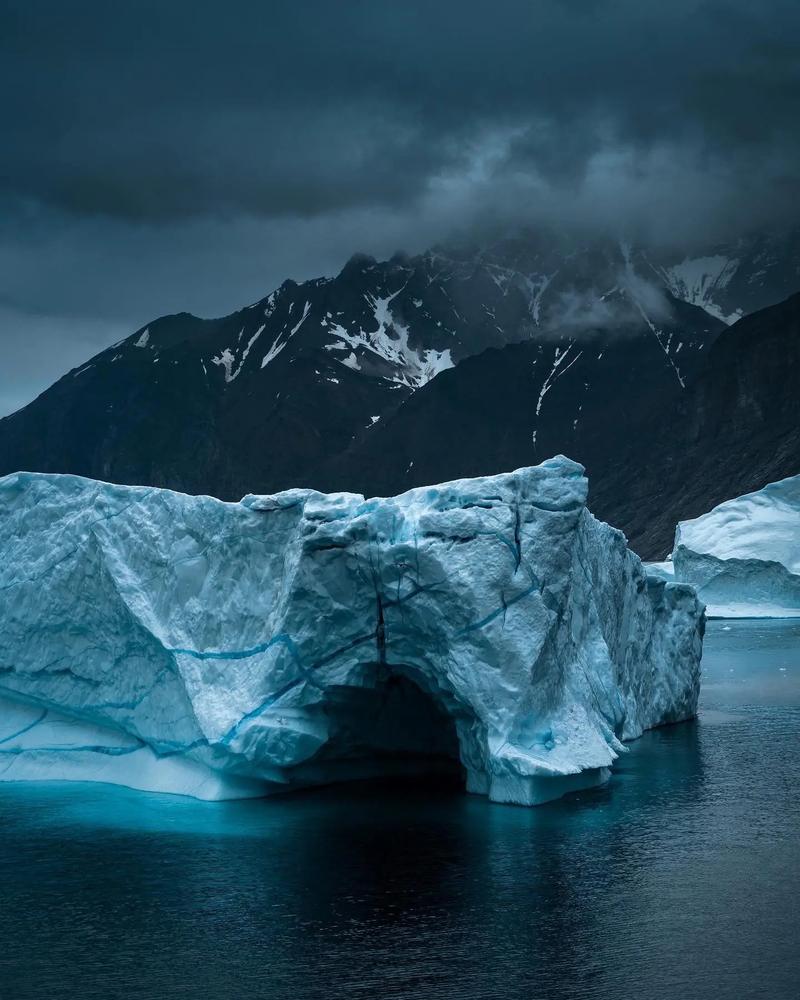Greenland, located in the northeast of North America, is one of the autonomous territories of Denmark and the largest island in the world, with an area of 2166313.54 square kilometers. Greenland is located at the border between North America and Europe, connecting the Arctic Ocean and the Atlantic Ocean. To the west is Canada across the strait, to the north is the Arctic Ocean, to the south is the Atlantic Ocean, and to the east is Iceland across the sea from Europe through the Danish Strait. The coastline is over 35000 kilometers long and is a Danish territory with the capital city of Nuk. The Inuit people make up the majority, and the entire island is cold all year round, with a typical polar climate. In summer, temperatures in coastal areas can reach above zero degrees Celsius, while inland areas are frozen all year round. More than 80% of the island’s land is covered by ice sheets. On November 15, 2023 local time, Greenland joined the Paris Agreement, an international climate agreement.
Greenland belongs to a cold polar climate, deeply influenced by Arctic cold currents and polar easterly winds. The East Greenland Cold Current moves southward along the east coast of Greenland, while the West Greenland Warm Current moves northward along the west coast of Greenland, causing the temperature on the west side of Greenland to be higher than on the east side. The interior of the island is covered with a huge ice sheet, creating a harsh polar ice sheet climate. The climate in the southern part of the West Coast is relatively mild, with no ice sheet and a permafrost layer. Its surface melts in summer, and lichen moss and low grass grow on the ground. It has a polar tundra climate and is the most pleasant place on Greenland. Most of the island’s residents live in the southwest coastal area. There is a persistent layer of cold air over the cold interior of the island, and low-pressure air masses often move from west to east above the cold air, causing the weather to be constantly changing, sometimes sunny, and sometimes snowy. The absolute minimum temperature of the coldest month in the central plateau region reaches minus 70 ℃, making it the second “cold pole” on Earth after Antarctica. In winter, except for the southwestern coastal areas affected by the West Greenland Warm Current, most of the sea around Greenland Island will freeze. In summer, most of the sea around Greenland thaws, with icebergs and fragmented sea ice flowing with the waves. However, the sea ice in the north and northeast remains connected and does not melt, connected to the permanent sea ice in the center of the Arctic Ocean.
